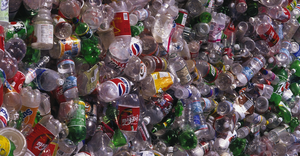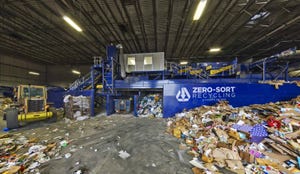Profiles in Garbage: MSW 2012
Municipal solid waste (MSW) is the stuff we have used and no longer need. The U.S. Environmental Protection Agency (EPA) MSW data does not include construction and demolition (C&D) debris, hazardous, medical, radioactive or industrial waste. This profile does not include those items.
The EPA estimates the size of the waste stream by using manufacturing production data, estimates of product imports and exports, and estimates of product lifetimes. Food and yard waste is estimated based on sampling studies. The EPA has used a consistent estimation methodology for four decades. Based on EPA data, waste generation and disposal have declined over the last decade while recycling and composting have increased.
Waste data from the 50 states uses actual tonnages from disposal, recycling and composting facilities. State data shows more solid waste than the EPA’s data. Using state data, Biocycle magazine estimated 389 million tons of solid waste were generated in 2008, a 24-million ton decline from the previous 2006 survey. State data often includes non-hazardous solid waste such as C&D and industrial waste. The fifty states do not count waste consistently.
In a more comprehensive survey, the Environmental Research and Education Foundation (EREF) tallied all disposal facilities in the United States and estimated that 545 million tons of waste was managed in 2000, of which 146 million tons was recycled or composted. That data covers all non-hazardous Subtitle D solid waste managed outside of the generator’s facility.
(Unless otherwise noted, data is from Municipal Solid Waste Generation, Recycling, and Disposal in the United States: Facts and Figures for 2012, U.S. EPA Office of Solid Waste, February, 2014)
Additional sources: Aluminum Association, American Forest and Paper Association, American Plastics Council, Biocycle magazine, Municipal Solid Waste Generation, Recycling, and Disposal in the United States: Facts and Figures for 2012, Composting Council, Glass Packaging Institute, Environmental Research and Education Foundation, Institute of Scrap Recycling Industries, National Association of Plastic Container Recovery, National Recycling Coalition, National Solid Wastes Management Association, National Source Reduction Characterization Report, USEPA, Office of Solid Waste, Steel Recycling Institute.
About the Author(s)
You May Also Like




